Iceberg Alley 2025: Labrador
And On to the 54th Parallel
Photo by Tom T Traywick
As our ferry from Newfoundland to Labrador approached the landing, the iceberg above was there to greet us at the end of the voyage. I camped a few miles east of the landing at Lanse au Claire, and the view from my campsite is captured in the photo below.
Photo by Tom T Traywick
The Northern Lights Inn was across the street, and the Home Hardware which had the parts I needed to replace the main breaker that reached end of life while I was camped there. This site served as my base camp while I ranged ahead up the east coast.
Up the coast I found a highlight of the trip — the Red Bay National Historic Site of Canada and World Heritage Center. The Basque Whaling Station at Red Bay operated from the 1540s to the early 1600s. Surface and underwater archaeological excavations reveal that over a thousand sailors from the Basque region of Southern France and Northern Spain worked at this site each year and the site was the largest in the world at that time. I took a short boat ride out to Saddle Island in the harbor. The timing was perfect for me to get a one-on-one guided tour of the excavation sites by a delightful Parks Canada Ranger named Karen who is local with some indigenous blood. Like so many young people in Newfoundland and Labrador, she was forced to leave home to find work and found higher education. She came home from the city to visit one summer and met a local boy and they figured out how to make it work for her to stay. She found the Parks Canada job. I heard exactly the same story from Kayla, the Parks Canada Ranger in charge at Lanse aux Meadows — she came home from St. John’s to visit family and met a local boy — love prevails.
The other highlight of the southeast coast of Labrador is Battle Harbor which didn’t open for the season until June 9th. I couldn’t get a reservation until the 10th so I spent 4 nights at Lanse au Claire and the night of the 9th in the parking lot of the boat landing in Mary’s Harbour for the boat ride over to Battle Harbor.
I went for a long walk in Mary’s Harbour and walked into the Royal Canadian Mounted Police station and told the receptionist that I had wanted to meet a “Mountie” since I was a child. She said that they had one but he was on the phone. I headed out on down the street and before long I was pulled over by the Mountie who introduce himself, gave me a medallion that, if I showed it to any Mountie, I would not be bothered further. He told me his life story and offered me fish and Moose from his freezer.
Battle Harbor is described as follows in the web site:
A revitalized fishing hamlet situated on Battle Island, along the shores of Labrador, Canada, offers lodgings that afford guests a distinctive chance to immerse themselves in the authentic ambiance of a traditional Newfoundland outport settlement, providing an avenue to journey back in time and discover the abundant history and picturesque landscapes of Newfoundland and Labrador.
The one night stay including authentic meals was worth every penny. The company of the islanders who staffed the site, and that of the fellow guests was delightful. One more night and lasting friends could have been made.
Photo by Tom T Traywick
The iceberg photo above was taken on the boat out to the island. The ride back was too rough for framing photos, and it tested all of the motion sickness tools in my kitbag. The tools and I passed the test.
The 282 mile drive from Mary’s Harbour to Goose Bay is beautiful but the beauty of Labrador soon becomes monotonous and lonely, even boring. Labrador is large,114,000 square miles (70% of the area of California,) with a population of only 27,000 in 2021. The terrain from Mary’s Harbour to Goose Bay is water and trees with some bogs thrown in for diversity.


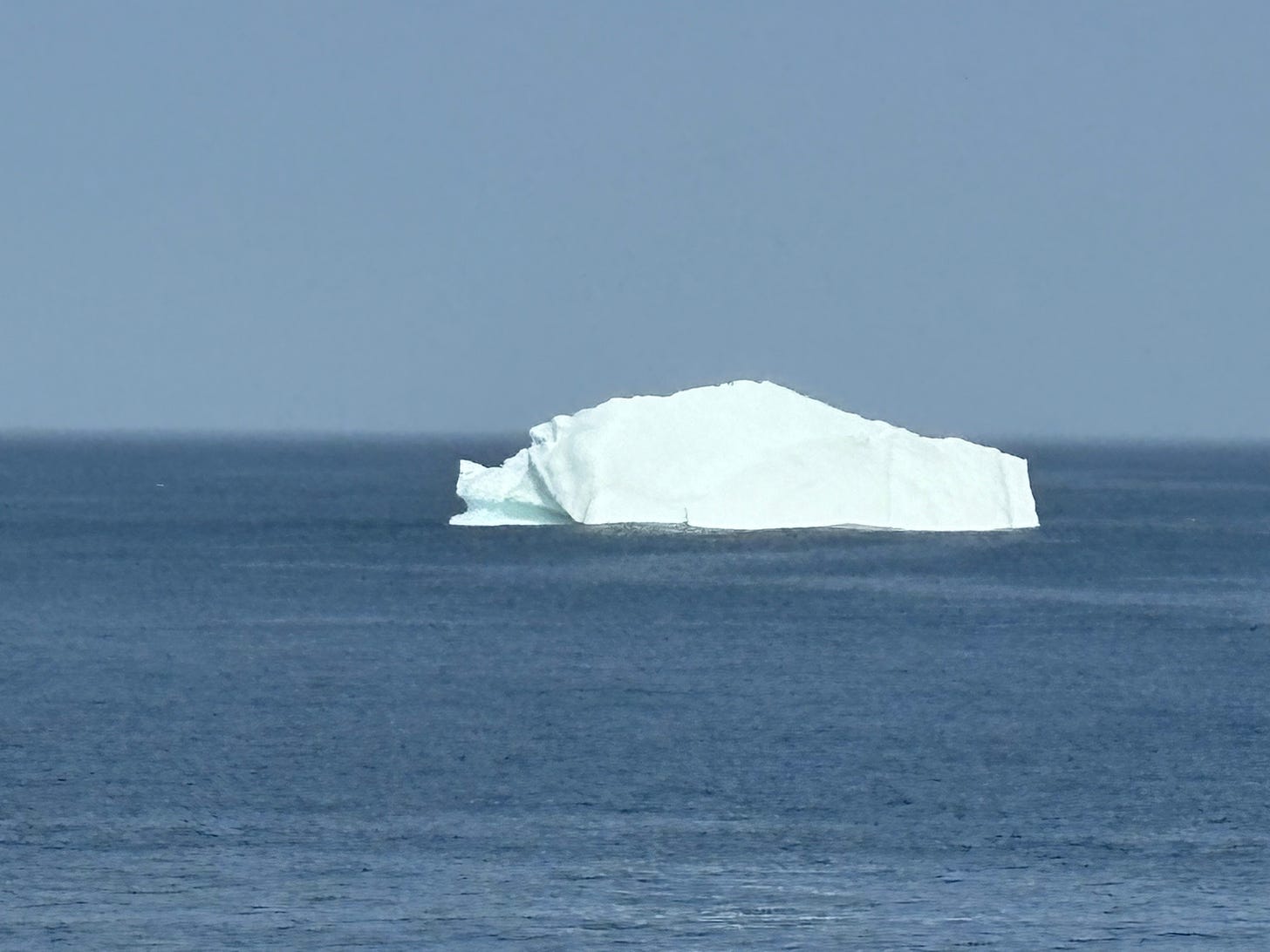
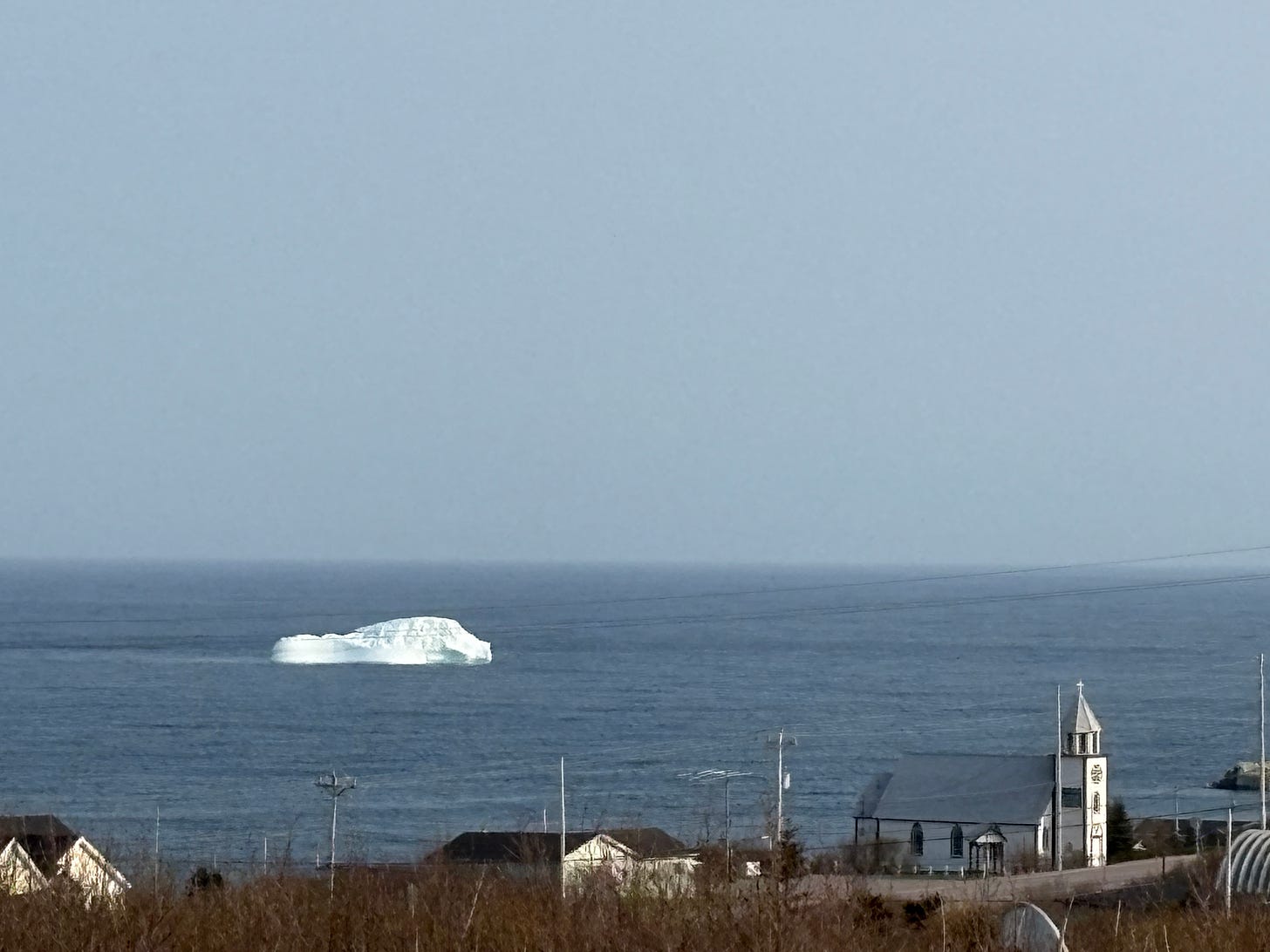
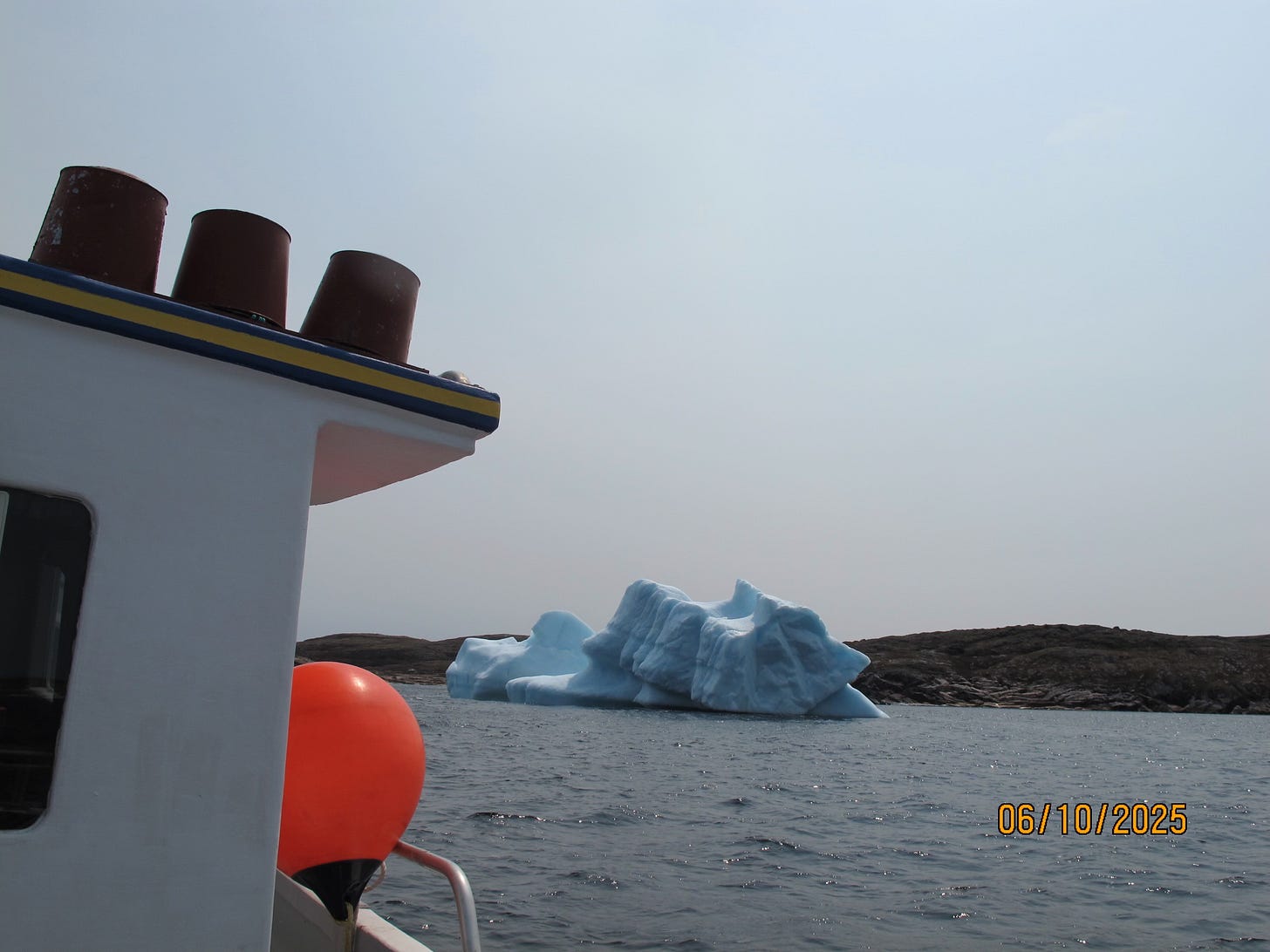
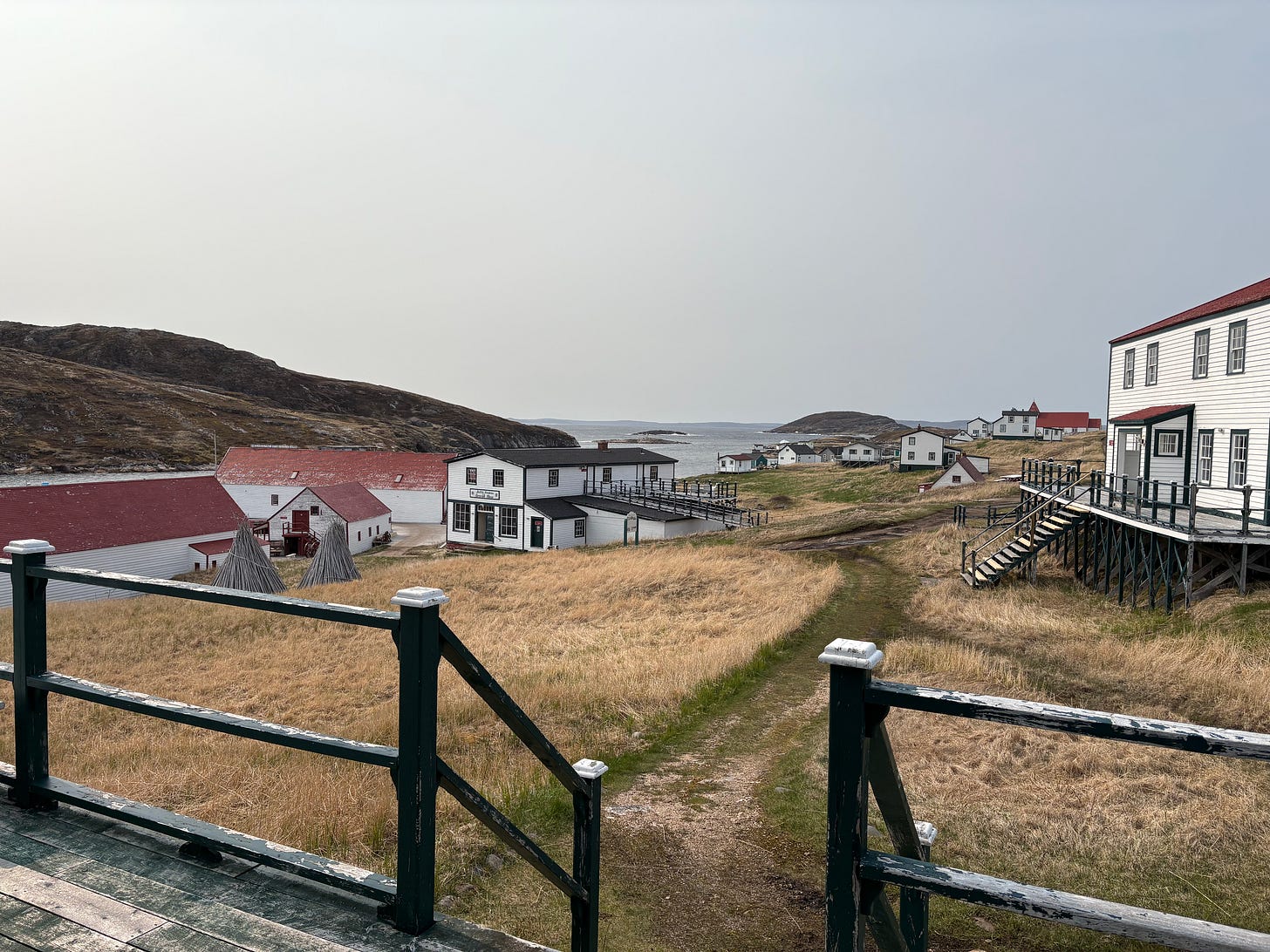
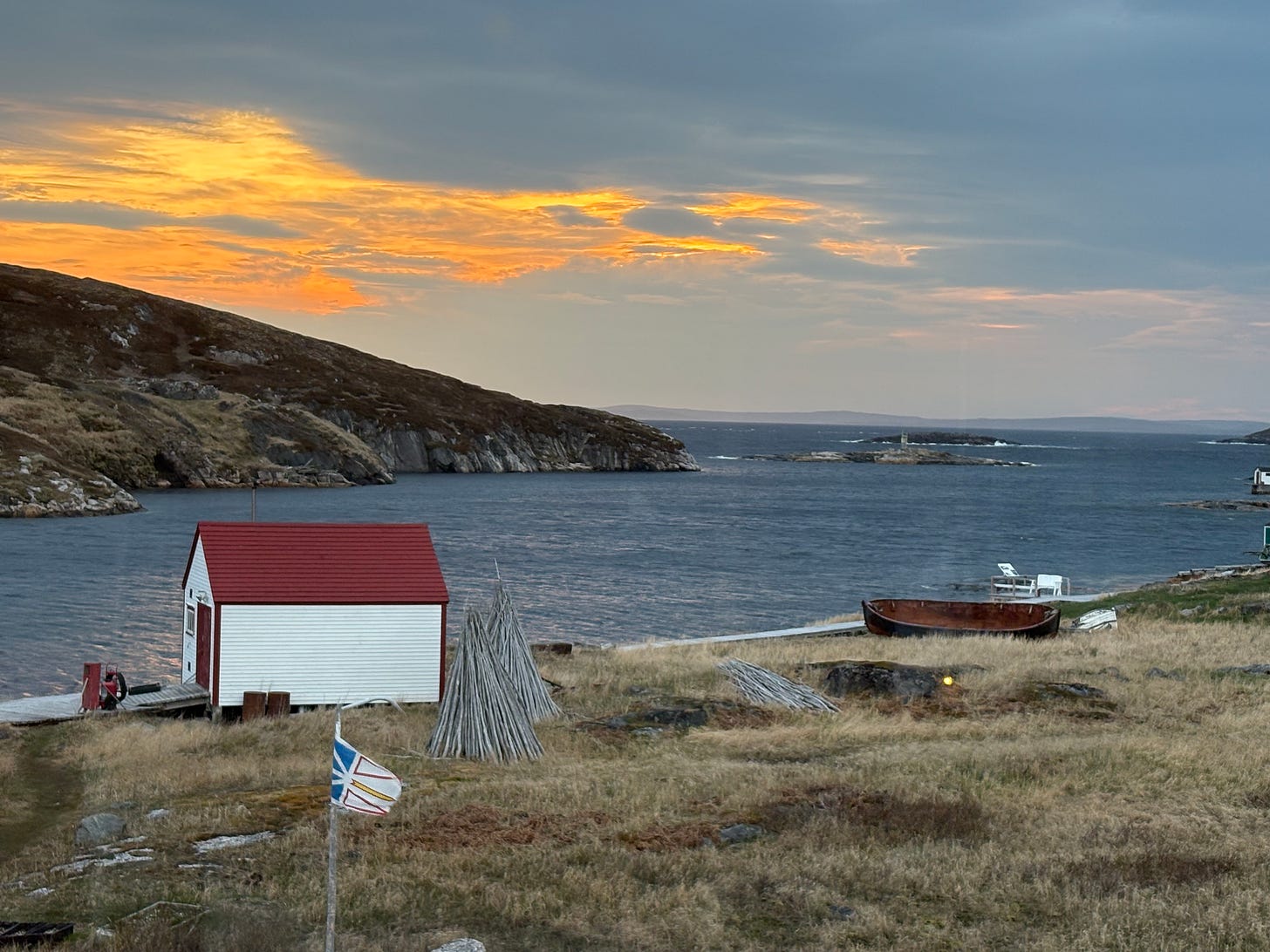
Thank you😍
Tom: Would like to know your trip agenda & how long you will be gone?? Kay P